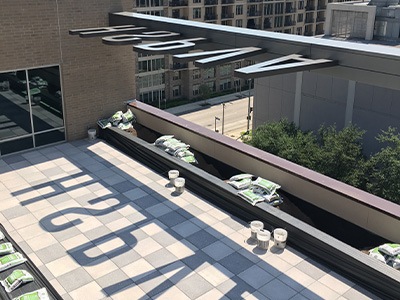If you’re working on a building design project, you’ll need to make decisions on colors, light features, materials, textiles, and more. But have you considered the importance of architectural signs for the property you’re designing?
Architectural signage is a functional element of any building. It can elevate a space while also making it more welcoming and accessible to everyone who enters.
Learn why this type of signage is necessary, how it supports your design projects, and the various architectural sign options available through National Signs.
Best Uses of Architectural Signage
From making a client’s name pop on the side of a building to supporting wayfinding, there are many great ways to use architectural signs.
Create Dynamic Spaces with Custom Signs
Architectural signage serves an important function, but it doesn’t have to be basic or plain. Working with these types of signs is a great opportunity to add an artistic, unique design element to a property design.
Custom signage allows you to use a client’s brand color scheme, font, and overall aesthetic to create a cohesive and memorable experience for visitors. Sign material options also give you more flexibility in your design project, providing eye-catching textures and visual depth to your space.
Wayfinding Signs Guide People
Architectural signs can be creatively assembled in commercial buildings to navigate people through a physical space. They can establish key areas of the property and guide employees, visitors, and other guests to specific locations or rooms.
These signs might be the first visible objects people see when they enter a property, so it’s important to have clear, visible wayfinding signage throughout the building.
Examples of architectural wayfinding signs include:
- Building maps
- Office and department directories
- Room number and identification
- Elevator, escalator, and stairway signs
- Restrooms
- Conference room signage
- Parking or garage access signs
- Emergency exits and restricted areas
These signs provide everyone with a more pleasant experience on the property. An intentional, cohesive architectural sign system allows people to find their way through the building easily, locate the exact areas they’re searching for, and exit safely and quickly in the event of an emergency.
Increase Accessibility With ADA-Compliant Signage
A well-designed building is more than just a stylish and functional property – it should also be fully accessible to all people, including those with limited visibility or mobility. A design project that is accommodating to people of all abilities is more likely to attract a larger number of visitors or customers and also generate positive word of mouth for your client.
Commercial property designers can accomplish this goal by including ADA-compliant signage that meets federal standards for size, shape, color, placement, and tactile features such as Braille or pictograms.
Signs that should meet ADA sign standards include
- Restrooms
- Ramps and wheelchair lifts
- Elevators
- Building entrances and exits
- Offices and conference rooms
ADA-compliant architectural signage should be at the forefront of your building design project to ensure your client’s physical space is inclusive and accessible to anyone who enters.
National Signs Can Enhance Your Design Project
If you want to incorporate bold, engaging architectural signage into your building’s design project, National Signs can help. Our team of award-winning sign designers will develop a cohesive sign system that perfectly blends your client’s style and brand with functionality and purpose.
– View our gallery to see examples of our interior signage solutions.
– Contact National Signs directly to learn more about how we work with architects and design firms to provide top-notch design, manufacturing, and installation solutions.




